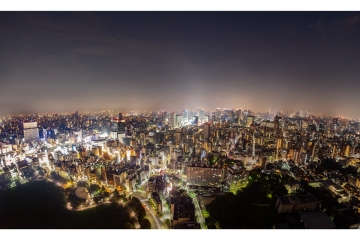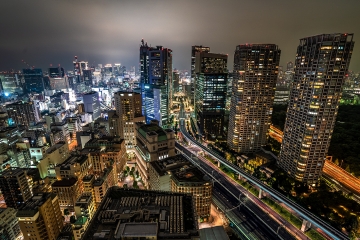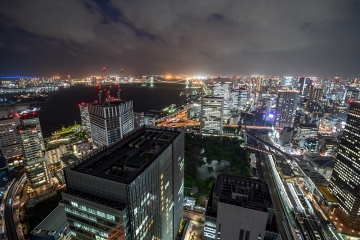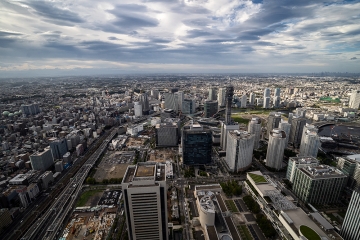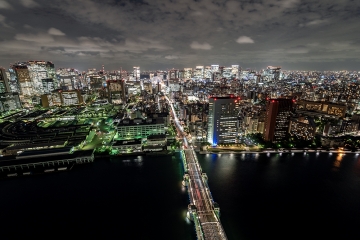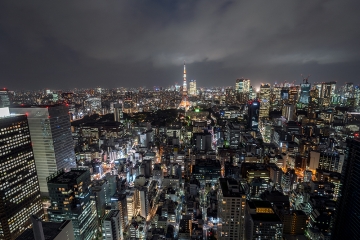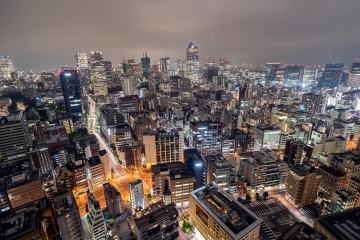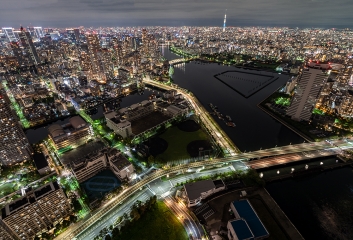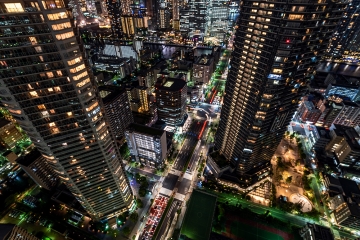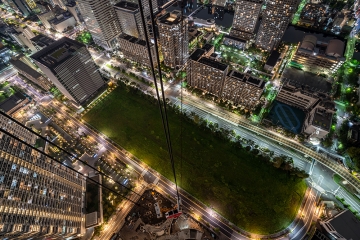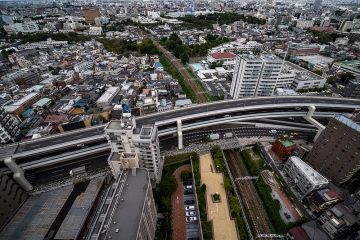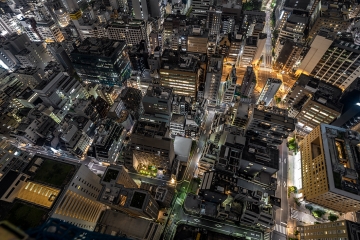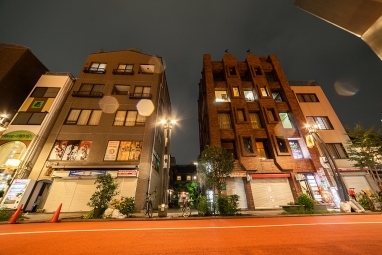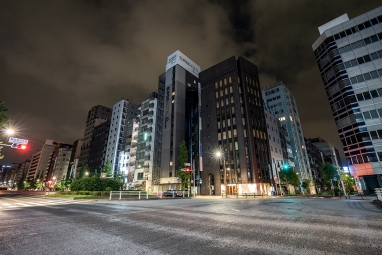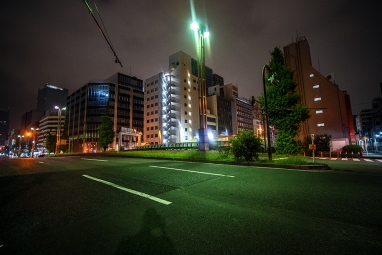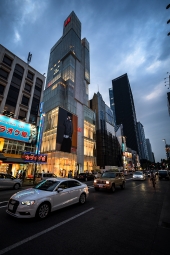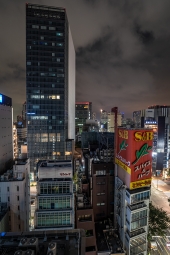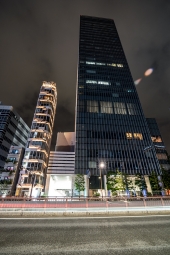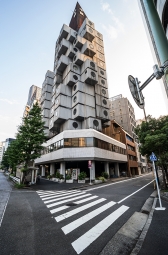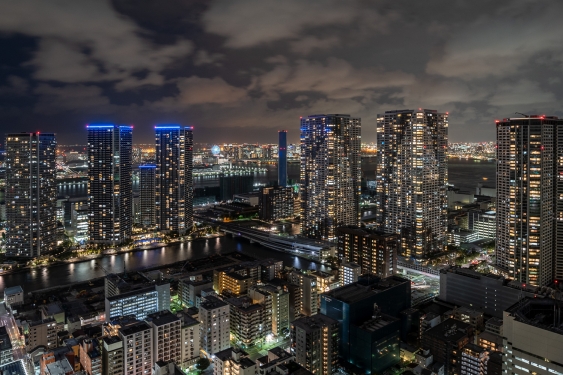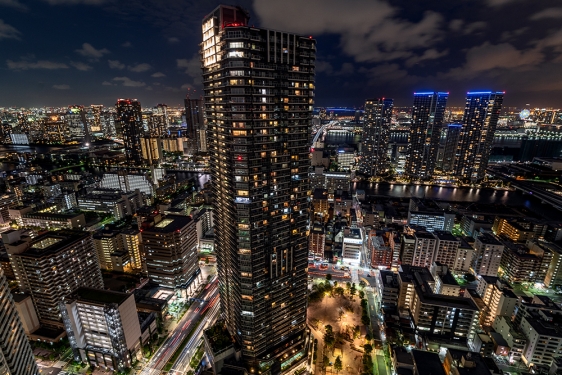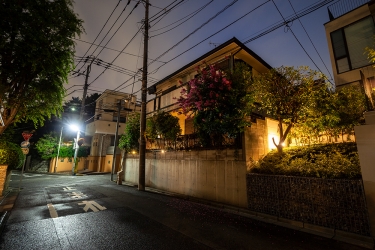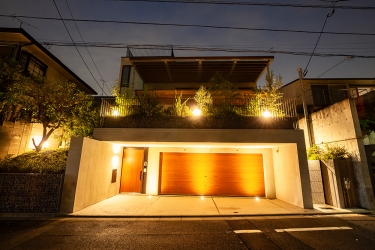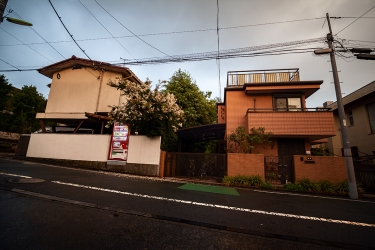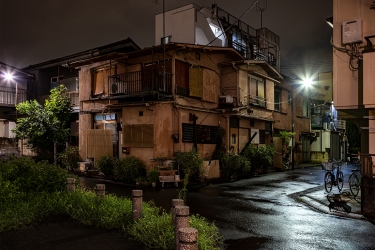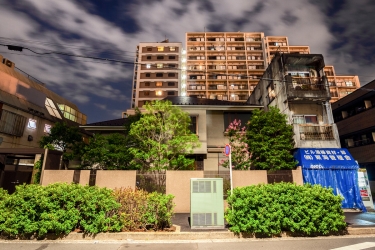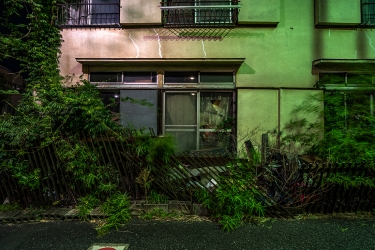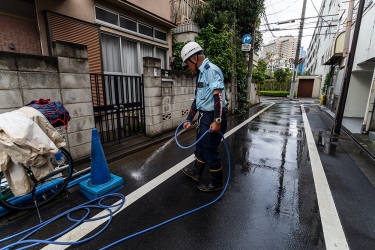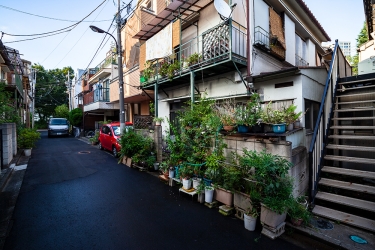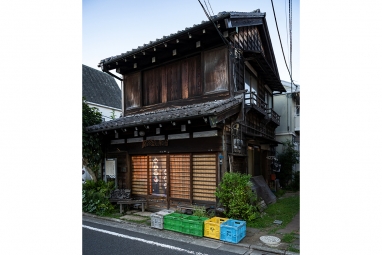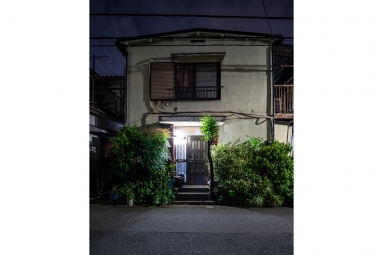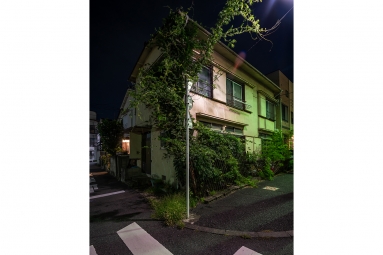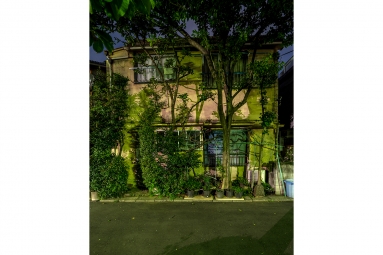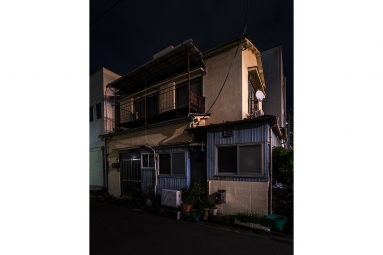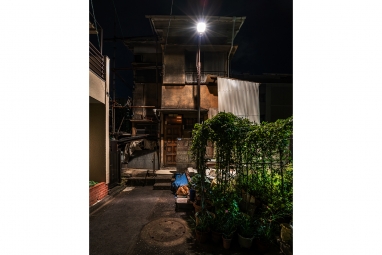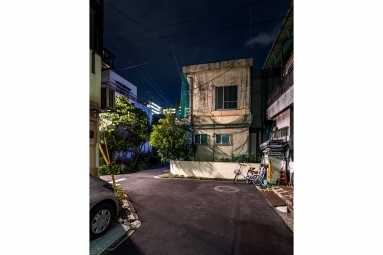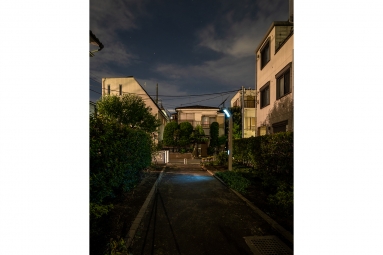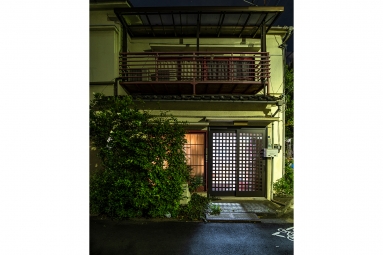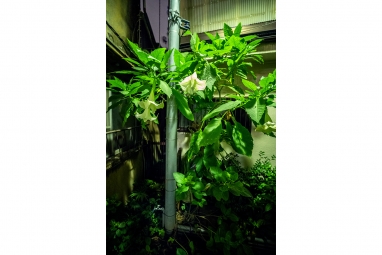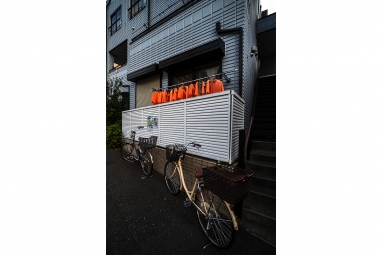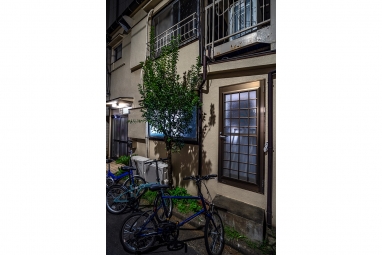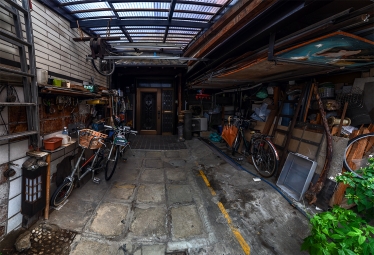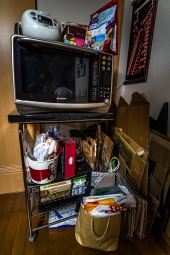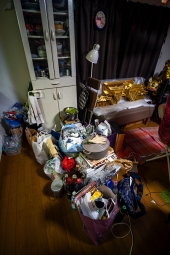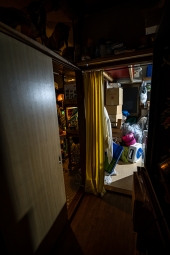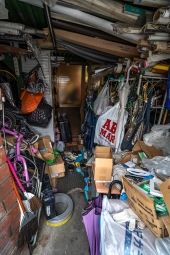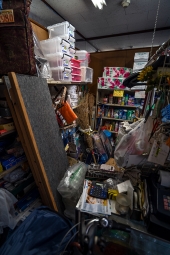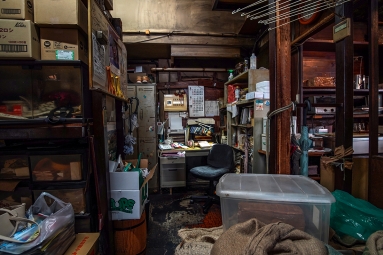2 Tokyo - Cityscape and residential areas
Due to these (expensive) requirements, Tokyo’s skyscrapers are mostly of the same height. Unlike in other Asian metropolises, Tokyo’s high-rises are rather cubic, not very high and pointed. The highest of those buildings measures "just" 255 meters. Compared to other southeast Asian cities, this is rather short.
-
2.1 Cityscape
-
2.2 Facades
-
2.3 Residential Towers
-
2.4 Residential Areas
-
2.5 The Machiya - small homes in portrait
-
2.6 Inside the Machiya
2.1 Cityscape
2.2 Facades
While in most European countries building regulations are ensuring that all buildings are somehow visually fitting to their surrounding, Tokyo is free of such constraints.
Thus, the sight that opens up is really chaotic. Old and new are placed side by side, various eaves heights, balconies next to power cables, windows close to bright billboards, wood and concrete, tiled walls and antennas on the roof. Narrow gaps of ten centimeters between the buildings mark the property line.
2.3 Residential Towers
In case of an earthquake, the expensive residential high-rise complexes maintain the physical security of its inhabitants through canned food, drinking water and emergency power generators. Security guards don't play a major role: the crime rate is very low in Japan.
2.4 Residential Areas
2.4 The Machiya - small homes in portrait
While the paved streets are empty as usual, the buildings themselves show trust and frankness. From the outside you could see, through the eggshell tainted windows, view people sleeping or having dinner sitting on the floor. Or you can just listen to the sounds of a foreign language penetrating the thin walls.
2.6 Inside the Machiya
The first looks in the inside turned out to be a surprise. Many houses were fully packed.


